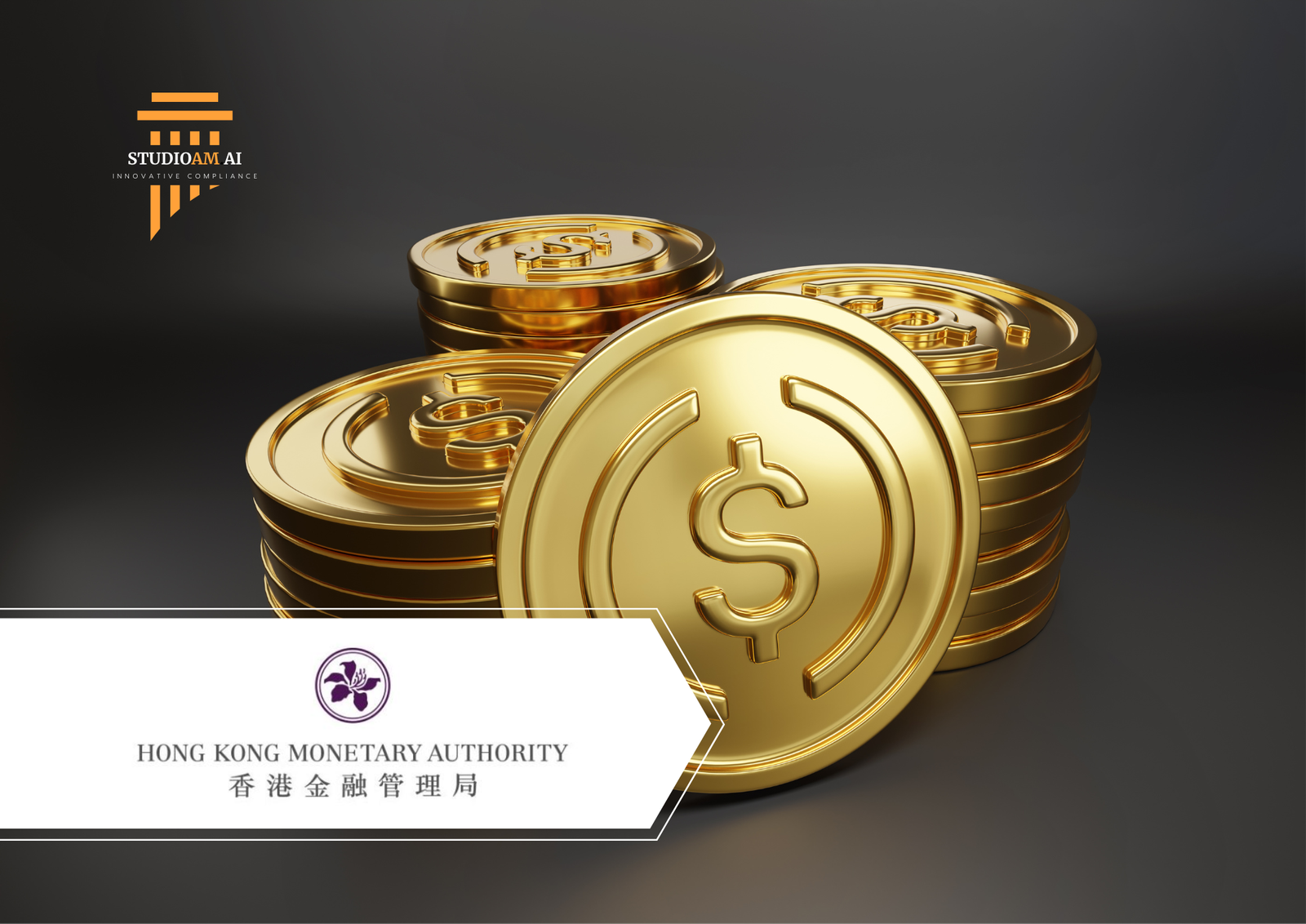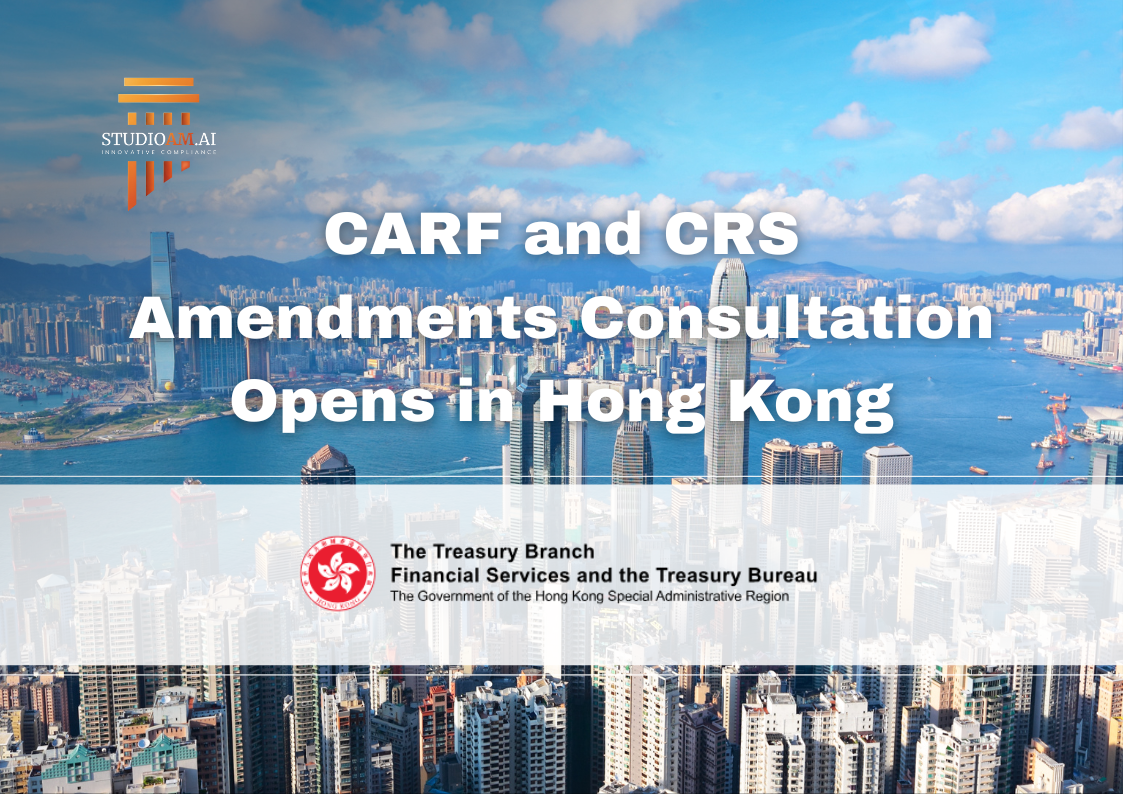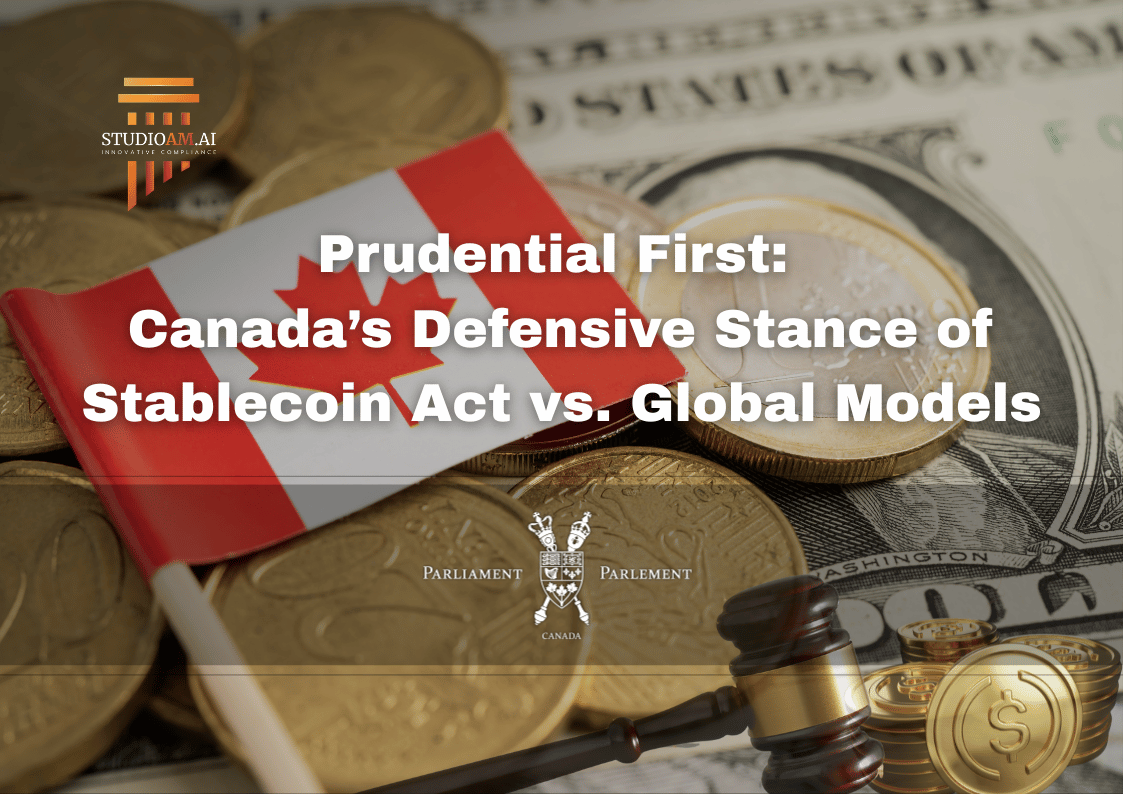
The Stablecoin Race Heats Up in Asia: A New Front for Tech Giants and Regulators
The Catalyst: Why E-Commerce Giants Want a Slice of the Stablecoin Pie
For those of us in the compliance world, the term "stablecoin" has evolved from a niche crypto curiosity into a boardroom-level topic. The latest chapter isn't just about market caps; it's about the strategic moves of global tech titans. Recently, Chinese e-commerce and fintech giants Ant International and JD.com have thrown their hats into the ring, signaling a new, intense phase of competition that has everything to do with the future of payments.
Their stated ambitions are bold. JD.com's founder, Richard Liu, claimed their stablecoin project could "cut cross-border payment costs by 90% and complete transactions in 10 seconds." This is a direct shot across the bow of the traditional correspondent banking system. For massive e-commerce platforms with sprawling global supply chains, the appeal is obvious: bypass the fees and friction of legacy payment rails to achieve a new level of treasury efficiency. But to do so, they need a regulated, institutional-grade environment in which to operate.
The Foundation: Hong Kong's Methodical Masterplan
The ambitions of these tech giants are unfolding against the backdrop of Hong Kong's comprehensive strategy to become a regulated global hub for digital assets. This is not a series of isolated rules, but a deliberate plan to build an entire institutional ecosystem from the ground up.
The first pillar was the licensing regime for Virtual Asset Service Providers (VASPs). The latest consultation paper on the regulation of digital asset custody and Over-The-Counter (OTC) services is the crucial second pillar, designed to secure the institutional plumbing of the entire market.
Deep Dive: Closing the Gap with the New OTC and Custody Regime
This new consultation is critical because it targets a significant regulatory grey area. It seeks to consolidate oversight under the SFC to prevent regulatory arbitrage and raise standards across the board.
Who is a "VA Dealer" and What's Required?
The proposed scope for VA Dealers is intentionally broad to capture activities from brokerage to asset management and staking. Key requirements will be stringent:
- Capital Adequacy: A minimum paid-up share capital of HK$5 million and required liquid capital of up to HK$3 million.
- Client Protection: Strict client suitability rules, including VA knowledge assessments and risk profiling.
- A Pragmatic Global Link: The SFC is considering allowing licensed dealers to transact with non-SFC-licensed VATPs in other regulated jurisdictions, provided stringent safeguards are met.
Who is a "VA Custodian" and Why Are the Standards Higher?
On the VA Custodian side, the focus is squarely on asset security.
- Who Needs a License: The net is cast wide, capturing associated entities of VATPs, banks providing VA custody, and even fund managers who self-custody.
- Robust Standards: Requirements will be exacting, focusing on private key management and cybersecurity, with a minimum paid-up share capital of HK$10 million—double that of dealers.
Crucially, the regulators have indicated there will be no transitional period for these new regimes. The market is being put on notice to prepare now or be left behind.
The Payment Layer: How the Stablecoin Ordinance Fits In
With the institutional plumbing of dealers and custodians being secured, the Stablecoins Ordinance (effective August 1, 2025) represents the next logical layer: regulating the primary payment assets that will flow through this new ecosystem.
“Only a handful of licenses will be granted initially… A stablecoin is not an investment vehicle, but rather a blockchain-based means of payment.”
This quote from HKMA's Eddie Yue, viewed alongside the new consultations, paints a clear picture. Hong Kong is building a walled garden for institutional digital finance. For stablecoin issuers, this means proving reserves are fully backed 1:1 with high-quality liquid assets, not the opaque instruments that have plagued offshore stablecoins.
Global Context: A Tale of Two Philosophies
The methodical approach in Hong Kong highlights a key challenge for global institutions: navigating a fragmented international regulatory landscape where different jurisdictions have different philosophies.
| Jurisdiction | Regulatory Philosophy | Key Legislation / Proposal | Strategic Implications |
|---|---|---|---|
| Hong Kong | Ecosystem-Focused: Aims to regulate the entire value chain—trading, custody, dealing, and payments—to create a holistic, contained, and trusted institutional environment. | VASP Regime, OTC & Custody Consultation, Stablecoins Ordinance | Provides end-to-end clarity for institutions operating within its "walled garden." Favors players who can meet high standards across multiple functions. |
| United States | Issuer-Focused: Primarily concerned with *who* is allowed to issue stablecoins to prevent systemic risk and a "wildcat banking" scenario. Focus is on the source of the asset. | GENIUS Act (Proposed) and other similar bills. | Creates a federal framework for issuance but leaves other aspects (custody, dealing) to a patchwork of existing state and federal rules. Favors existing regulated financial institutions. |
Final Thoughts: The Real Opportunity for Banks is Not What You Think
The professionalization of digital assets is here. The conversation has decisively shifted from speculative retail trading to solving institutional-scale problems like supply chain finance and corporate treasury. Hong Kong's regulatory framework is not merely a set of rules; it is a blueprint for the world's first fully-regulated institutional digital asset ecosystem.
For traditional financial institutions, the knee-jerk reaction might be to see tech giants issuing stablecoins as a direct threat. This is a limited view. The far greater and more defensible opportunity for banks lies not in competing to issue new forms of money, but in providing the critical, regulated ancillary services that this new ecosystem will desperately need.
The high capital and compliance barriers being erected are a strategic advantage for established players. The real opportunities are in:
- Becoming the "Qualified Custodian": Leveraging trust, balance sheets, and security expertise to be the regulated vault for the entire ecosystem, a role with a high barrier to entry (HK$10M capital).
- Providing FX and Liquidity: This new ecosystem will create immense demand for seamless conversion between tokenized dollars, tokenized yuan, and their fiat equivalents. This is the natural domain of a bank's treasury and FX desk.
- Offering "Compliance as a Service": Acting as the regulated bridge for multinational corporations who need to navigate the patchwork of U.S. issuer-based rules and Hong Kong's ecosystem-based rules.
The future belongs not to those who simply watch this space, but to those who recognize their unique, defensible role within it. Banks should focus less on the "coin" and more on building the regulated bridges and plumbing that will make the entire system work.




